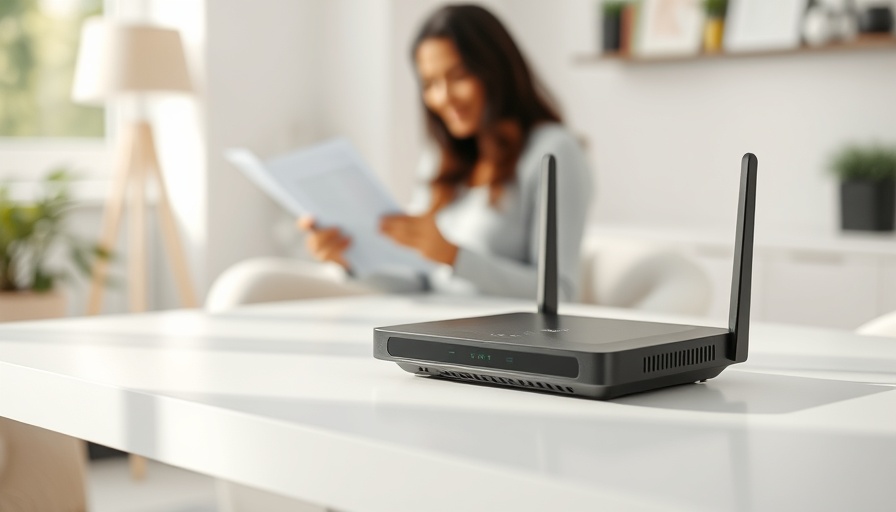
Unlocking the Power of the Mac Mini: An Ideal Smart Hub
The Mac mini is not just a sleek little computer—it’s a powerhouse that’s redefining how we manage our smart homes. If you're looking for a compact yet powerful solution to streamline your smart devices, this tiny silver box might just be the answer. Imagine a personal assistant that never sleeps, efficiently managing your lights, cameras, and other installations while taking up minimal space in your living room.
Seamless Control Over Your Smart Devices
When it comes to being the command center for your smart home, the Mac mini truly shines. By running Home Assistant, it ties together various devices from brands that typically refuse to play nice. Gone are the days of juggling multiple apps for different brands; your Google smart plug can now react to signals from a HomeKit motion sensor. This integration allows for routines that can seamlessly interact, ensuring your smart home operates smoothly, even when your internet connection falters.
Simple Setup: Effortless Smart Living
One of the great advantages of deploying a Mac mini as your smart hub is the ease of setup. Concerned about a complex installation process? Worry not! Installing Home Assistant is straightforward and typically takes less than 10 minutes. Soon, you'll be managing your smart home from any browser in your home. The fun doesn't stop there; the platform encourages tinkering, exploration of add-ons, and creations of personalized automations that truly reflect your lifestyle.
Cost-Effective and Energy Efficient
For those conscious about energy consumption, the Mac mini excels. While traditional PCs may feed on over 200 watts, the Mac mini often operates under 40 watts, even under load. This efficiency means you can leave it running 24/7 without the guilt of skyrocketing power bills. It's cheaper to run compared to many modern gaming consoles, letting you enjoy the benefits of a smart home without financial stress.
Affordable Access to Cutting-Edge Technology
If budget considerations have held you back, consider that older Mac mini models can be easily acquired for as low as $150, thanks to Apple's continuous chip evolution. These older models are powerful enough to run Home Assistant effectively, often at a fraction of the cost of a fully loaded Raspberry Pi setup. This makes the Mac mini an inviting entry point for anyone looking to dip their toes into smart home technology.
Design Aesthetics: Blending Technology with Style
The compact design of the Mac mini means it integrates effortlessly into your existing decor. Its sleek, modern look avoids the clutter that often comes with traditional computer setups, allowing for a tidy and organized living space. In essence, adopting the Mac mini not just elevates your tech game but enhances your home's appearance as well.
Future Trends: Smart Homes on the Rise
As smart homes become increasingly popular, the need for sophisticated yet user-friendly controllers will continue to grow. The Mac mini stands poised to play an invaluable role in this evolution; its capability to run powerful automation software means it can handle advanced smart home setups. As technology progresses, the Mac mini can adapt to new devices and software, ensuring it won’t become obsolete anytime soon.
Your Next Steps to a Powerful Smart Home Hub
If you’ve been weighing your options for creating a smart home, the Mac mini is a compelling choice that merges performance, efficiency, and affordability. By embracing this technology, you can enjoy a streamlined, interconnected smart living experience. Dive into the setup and start automating your home today; with the Mac mini as your central hub, organizing your devices has never been easier!
 Add Row
Add Row  Add
Add 




Write A Comment